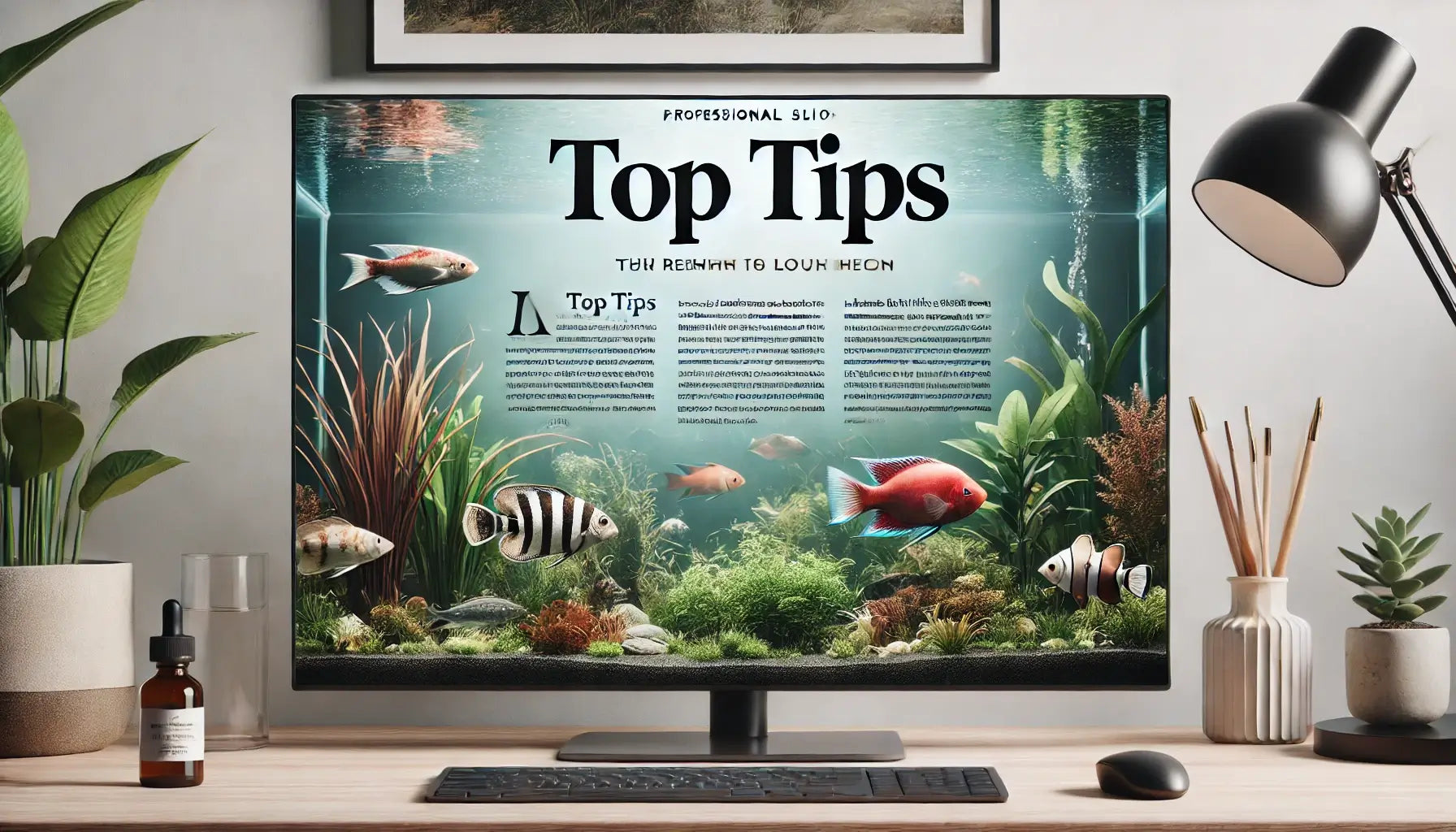Here’s Our Top Tips for Setting Up Your First Aquarium
Setting up your first aquarium can be an exciting and rewarding experience. Whether you are looking to bring a piece of the underwater world into your home for its aesthetic beauty or for the calming presence it provides, having a well-thought-out plan can make the process much smoother. Here are some top tips to guide you through setting up your first aquarium successfully.
1. Research and Plan Ahead
Before purchasing any equipment or fish, take the time to do thorough research. Understand the different types of aquariums (freshwater, saltwater, brackish), the kinds of fish and plants that are suitable for beginners, and the essential equipment you’ll need. Planning ahead will save you time and money in the long run and will help ensure a healthy environment for your fish.
2. Choose the Right Aquarium Size
Starting with a larger tank, typically around 20 to 30 gallons, is often recommended for beginners. Larger tanks are more stable and easier to maintain than smaller ones because they have a larger volume of water, which dilutes waste and toxins more effectively.
3. Select the Appropriate Location
Place your aquarium in a spot where it will not be exposed to direct sunlight, which can promote excessive algae growth. Ensure the location can support the weight of the filled aquarium (10 pounds per gallon of water), and is near electrical outlets but away from heat sources or air conditioners to maintain a stable temperature.
4. Invest in Quality Equipment
The essential equipment for a beginner’s aquarium includes:
- Filter: To keep the water clean and clear.
- Heater: To maintain a consistent temperature suitable for your fish.
- Lighting: To support the health of plants and enhance the appearance of your tank.
- Test Kits: To monitor water parameters like pH, ammonia, nitrite, and nitrate levels.
- Gravel or Substrate: To anchor plants and provide a natural look.
5. Cycle Your Tank
Cycling your tank before adding fish is crucial. This process involves establishing beneficial bacteria in the filter and substrate to break down harmful toxins like ammonia and nitrites into less harmful nitrates. This can take 4-6 weeks, so patience is key. You can cycle your tank using fish food, ammonia, or commercially available products.
6. Choose Hardy Fish for Starters
Begin with hardy fish that can tolerate a range of water conditions. Popular choices for beginners include:
- Betta Fish
- Guppies
- Platies
- Neon Tetras
- Zebra Danios
Research each species’ compatibility to avoid any aggressive behaviour or overcrowding.
7. Introduce Fish Gradually
Add a few fish at a time rather than stocking the tank all at once. This allows the beneficial bacteria to adjust and prevents sudden spikes in ammonia levels. Monitor your fish closely for any signs of stress or illness during this period.
8. Regular Maintenance is Key
Regular maintenance is essential for a healthy aquarium. This includes:
- Weekly Water Changes: Replace 10-20% of the water to remove toxins.
- Cleaning the Filter: Rinse filter media in tank water (not tap water) to preserve beneficial bacteria.
- Testing Water Parameters: Ensure levels remain within the safe range for your fish.
- Gravel Vacuuming: Remove uneaten food and debris from the substrate.
9. Avoid Overfeeding
Overfeeding is a common mistake among beginners. Fish only need a small amount of food once or twice a day. Excess food can pollute the water and lead to health problems for your fish. Feed them what they can consume in 2-3 minutes, and remove any uneaten food promptly.
10. Learn from the Community
Join online forums, local aquarium clubs, or social media groups where you can share experiences and ask for advice. Engaging with the aquarium community can provide valuable insights and support as you navigate your new hobby.
Conclusion
Setting up your first aquarium is a journey filled with learning and discovery. By following these top tips and remaining patient and attentive, you can create a thriving aquatic environment that brings joy and tranquility to your home. Happy fishkeeping!
google.com, pub-5750015763843882, DIRECT, f08c47fec0942fa0# we use Shopify as our ecommerce platform {%- comment -%} # Caution! Please read https://help.shopify.com/en/manual/promoting-marketing/seo/editing-robots-txt before proceeding to make changes to this file. {% endcomment %} {% for group in robots.default_groups %} {{- group.user_agent -}}{% for rule in group.rules %} {{- rule -}} {% endfor %}{%- if group.sitemap != blank -%} {{ group.sitemap }} {%- endif -%} {% endfor %}
